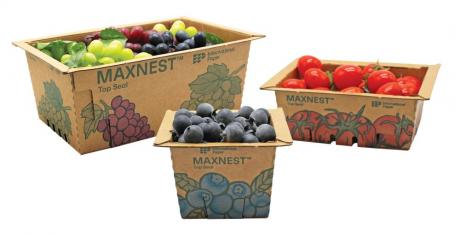The European container glass industry invests over 600 million euros annually in innovation and decarbonisation. However, to fully achieve net zero by 2050, an estimated 20 billion euros in additional capital expenditures will be required – a challenge the industry cannot meet alone. Hence, EU support with new financial instruments and the continuation of existing ones is essential.
FEVE, the European Container Glass Federation, has published the report “One Destination, Multiple Pathways: How the European Container Glass Industry is Decarbonising Glassmaking”, which lays out the roadmap for creating container glass that is not only circular but also climate neutral. However, as the report highlights, the window for action is now. Glass furnaces, with a lifespan of 10–15 years and an annual replacement rate of 7–10%, must be gradually replaced with modern, low-impact alternatives.
Currently, 80% of the direct carbon emissions in the container glass sector come from the combustion of natural gas. Transitioning to more sustainable energy sources is therefore a top priority. Over 90% of container glass produced in the EU comes from companies participating in the Science-Based Targets initiative (SBTi), which supports their decarbonisation journey towards net-zero emissions.
The Italian glass industry, through continuous innovation in its facilities,” remarked Marco Ravasi, President of Assovetro, “has already embarked on the path of energy transition, with around 7 out of 10 companies formalising a decarbonisation roadmap. However, as the FEVE report notes, achieving the ambitious net zero target by 2050 will require contributions from all stakeholders – including government bodies, energy producers and distributors, bottlers, and even end consumers, who can make a difference by opting for darker glass containers, which are significantly more sustainable than clear ones in terms of CO2 emissions.
As a permanent material that can be recycled endlessly without losing quality, glass boasts a collection rate of 80.2% in Europe in 2022 (with Italy achieving an impressive 90.8%), with most cullet used in a circular process.
Key Figures for the European Glass Industry
With 162 production plants across Europe, the container glass industry provides 125,000 direct and indirect jobs. Moreover, over 140 billion euros worth of EU exports are packaged in glass, and around 45,000 manufacturing companies across the EU - 98% of which are SMEs - rely on glass packaging to sell their products. Glass plays a critical role in the pharmaceutical, food and beverage, perfume, and cosmetics sectors.









